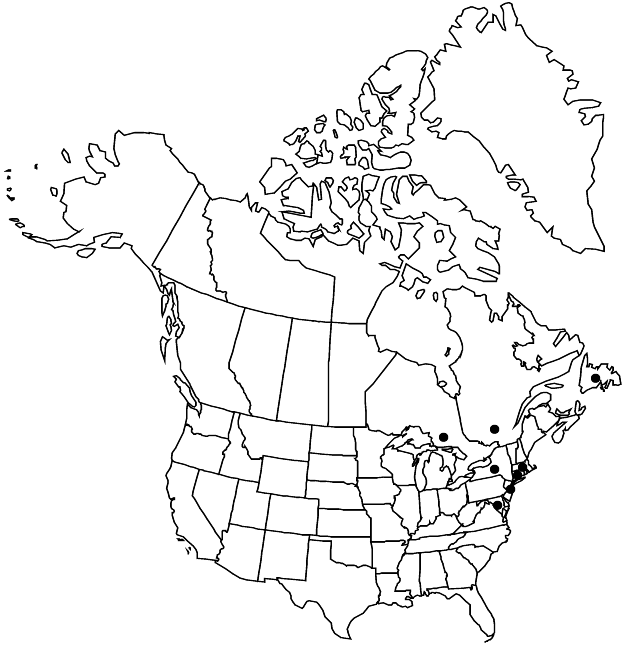Difference between revisions of "Cerastium arvense subsp. arvense"
imported>Volume Importer |
imported>Volume Importer |
||
| Line 44: | Line 44: | ||
|publication year= | |publication year= | ||
|special status= | |special status= | ||
| − | |source xml=https:// | + | |source xml=https://bitbucket.org/aafc-mbb/fna-data-curation/src/2e0870ddd59836b60bcf96646a41e87ea5a5943a/coarse_grained_fna_xml/V5/V5_163.xml |
|subfamily=Caryophyllaceae subfam. Alsinoideae | |subfamily=Caryophyllaceae subfam. Alsinoideae | ||
|genus=Cerastium | |genus=Cerastium | ||
Latest revision as of 22:09, 5 November 2020
Plants straggling and creeping, strongly rhizomatous, not forming clumps, without taproot. Stems: flowering stems ascending, proximal 1/2 often purple tinged, usually 25–30 cm, softly pubescent to subglabrous, glandular hairs confined to inflorescences; nonflowering shoots well developed, producing obovate to oblanceolate, spatulate, overwintering leaves; small axillary tufts of leaves well developed, conspicuous. Leaves on flowering shoots often dimorphic; mid-stem leaves larger, blade lanceolate, 12–22 × 2.5–5 mm; proximal leaves oblong to linear, 5–15 × 0.5–2 mm.flowers: sepals 5–7 mm, with midrib, petals 10–12.5 mm, often turning brown when dried; anthers 1–1.1 mm. Capsules (8.5–)9.8(–11.5) × 3–4 mm, ca. 1.5(–2) times as long as sepals. Seeds 0.7–1.2 mm. 2n = 72.
Phenology: Flowering spring.
Habitat: Lawns, cemeteries, roadsides, riverbanks, old pastures
Elevation: 0-1400 m
Distribution

Introduced; Nfld. and Labr. (Nfld.), Ont., Que., Conn., Md., Mass., N.J., N.Y., w Europe.
Discussion
Subspecies arvense is probably more widespread in North America than present information suggests, but identification of herbarium specimens can be difficult and uncertain. However, in the field the two subspecies are readily distinguishable because of the larger size of subsp. arvense and its strongly rhizomatous habit. Hybrids with C. tomentosum (which have been called C. ×maureri Schulze, an invalid name) are readily formed when the two taxa grow together (J. K. Morton 1973).
Selected References
None.